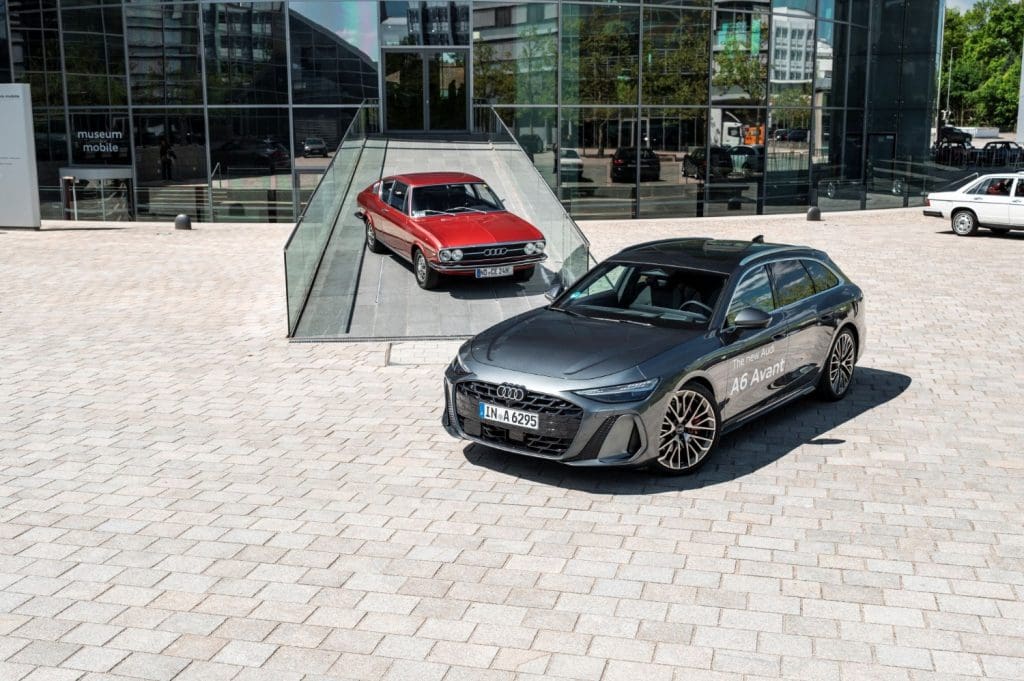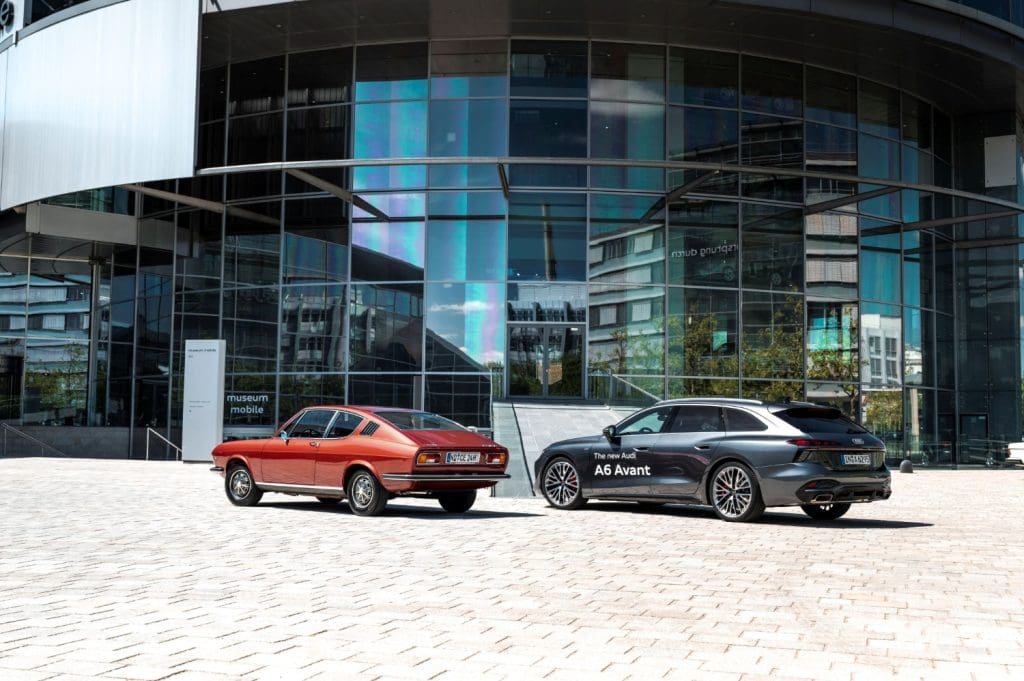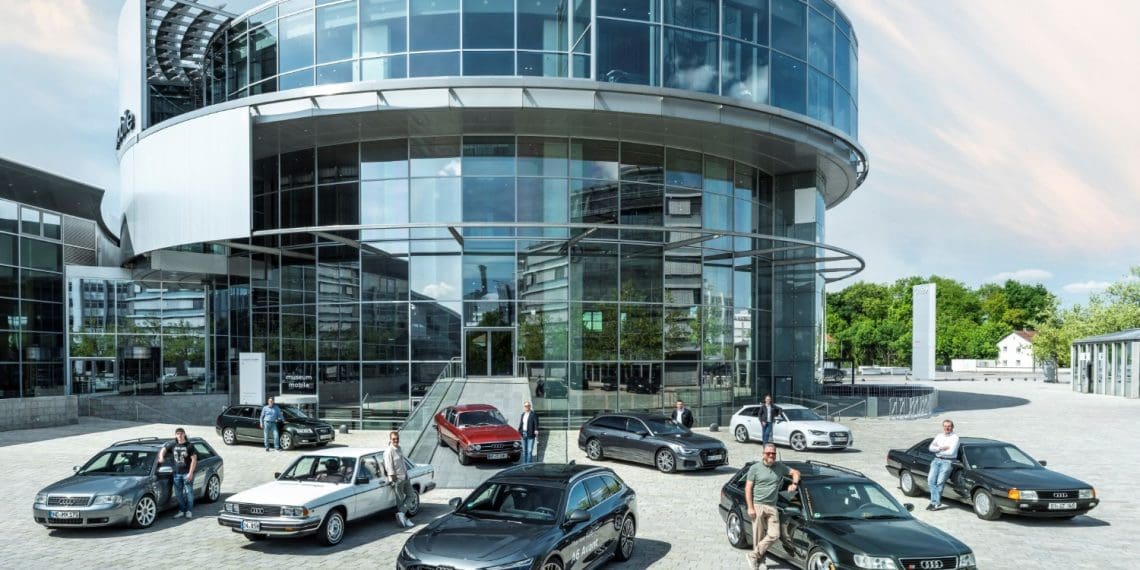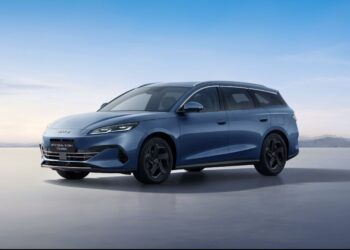Audi has produced nearly ten million vehicles in the premium large family segment. The ninth generation is already on sale in Europe, the A6 Avant, and thus the German brand took the opportunity for a family photo.
The new Audi A6 Avant is more dynamic, efficient, and digital than ever and represents a first-class travel experience like no other vehicle in the premium large family segment. It is already available throughout Europe, with the A6 Limousine set to hit the market at the end of July.

The two new models in the A6 range are based on the Premium Combustion Platform (PCP) and are powered by new gasoline and diesel engines. The mild hybrid MHEV plus technology supports the combustion engine, improves performance and driving comfort, while also contributing to the reduction of emissions.
The adaptive air suspension (optional) and four-wheel steering, standard equipment on plug-in hybrid engines, ensure a smooth ride and remarkable agility.
The new Audi A6 Avant combines an elegant and dynamic design with benchmark aerodynamics. Audi also offers both the Avant and the Limousine in plug-in hybrid versions.
With the ninth generation being produced in Neckarsulm, Audi continues the success story of the model positioned in the large family segment. With the Audi 100, the brand with the four rings managed to ascend to the premium segment in 1968.

The Audi 100, generations C1 to C4, won the Golden Steering Wheel trophy five times; it was also named Car of the Year twice and World Car of the Year once. In total, 3.2 million units of the Audi 100 were sold, underscoring the success and popularity of the model.
The generations that followed the C1 demonstrated the strength of the slogan “At the forefront of technology” with numerous innovations such as the fully galvanized body, optimized aerodynamics, and efficient engines. Since 1994, the Audi 100 has been called the Audi A6.
The Ingolstadt brand also recalls that since 1968 it has produced nearly ten million vehicles in the large family segment, precisely 9,836,762 units by April 2025.













